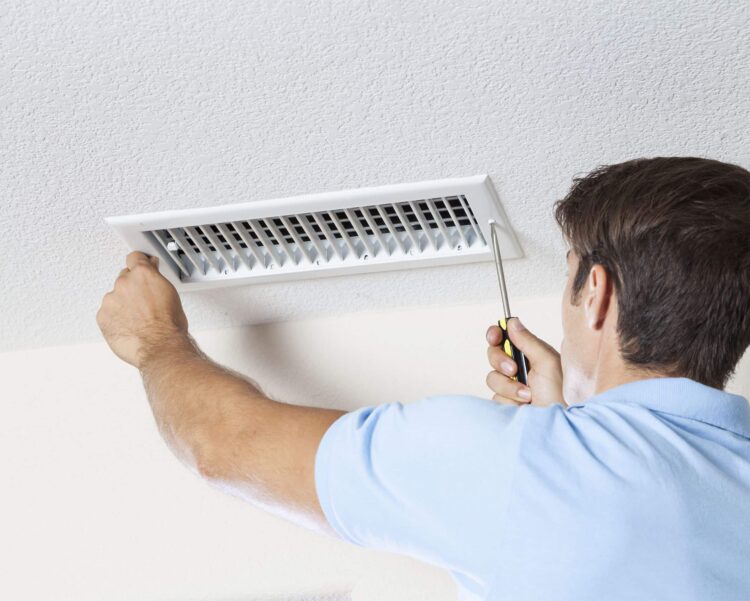Warm, humid air coupled with a chilly air conditioning unit creates a breeding ground for mold, leading to unpleasant and potentially unhealthy indoor air. Mold growth inside your AC vents can impact the quality of your home’s air and cause a range of health issues, from mild discomfort to severe respiratory problems. Fortunately, getting rid of mold in AC vents is a manageable task with the right approach.

Image: realitypaper.com
Unveiling Mold in AC Vents: Signs and Consequences
Mold, a type of fungus, thrives in damp, warm environments like your AC vents. If you notice a musty, earthy smell coming from your vents, it’s a potential sign of mold growth. Inspect your vents for visible mold, which can appear as black, green, or white spots. Health risks associated with mold exposure include allergies, respiratory issues, and even infections in severe cases.
Comprehensive Guide to Mold Removal in AC Vents
Tackling mold in your AC vents involves a comprehensive approach to eliminate it and prevent its recurrence. Follow these steps for a thorough mold removal process:
- Power Off Your AC Unit: Safety first! Before working on your vents, turn off the power to your AC unit to avoid electrical hazards.
- Remove the Vent Covers: Locate the screws or clips holding the vent covers in place and carefully remove them. This will grant you access to the vents for cleaning.
- Vacuum the Vents: Using a vacuum cleaner with a brush attachment, thoroughly clean the vents to remove any loose mold spores, dust, and debris.
- Apply a Mold-Killing Solution: In a spray bottle, mix 1 cup of household bleach with 1 gallon of water. Spray this solution liberally onto the vents, ensuring it covers all visible mold. Let it sit for 10-15 minutes.
- Rinse with Water: After the bleach solution has had time to work, rinse the vents thoroughly with clean water to remove any remaining mold or bleach residue.
- Dry the Vents: Use a clean, dry cloth to wipe down the vents and remove excess moisture. You can also use a fan to circulate air and speed up the drying process.
Expert Tips for Effective Mold Prevention
Once you’ve successfully eliminated mold from your AC vents, follow these expert tips to deter its return:
- Regular AC Maintenance: Schedule regular AC maintenance checkups to ensure your unit is functioning correctly, preventing moisture buildup and mold growth.
- Control Humidity: Keep the humidity in your home between 30-50% to create an unfavorable environment for mold. Use a dehumidifier if necessary to reduce moisture levels.
- Clean Air Filters Regularly: Dirty air filters can trap mold spores, so replace or clean them frequently to prevent mold accumulation.
- Use a Mold-Resistant Filter: Consider investing in a mold-resistant air filter for your AC unit, which can help inhibit mold growth.

Image: www.pinterest.jp
How To Get Rid Of Mold In Ac Vents
FAQs About Mold in AC Vents
- Q: Can I use vinegar to clean mold in AC vents?
- Yes, vinegar is a natural disinfectant and can be effective in killing mold. Mix equal parts vinegar and water in a spray bottle and apply it to moldy surfaces in the vents.
- Q: How often should I clean my AC vents?
- Frequency depends on usage and environment. In general, it’s recommended to clean your AC vents at least twice a year, especially before and after periods of heavy use.
- Q: What health problems can mold in AC vents cause?
- Mold exposure can lead to several health issues, including allergies, respiratory problems, headaches, and fatigue.
Conclusion: Ensuring the cleanliness of your AC vents is essential for maintaining good indoor air quality and safeguarding your health. By following the comprehensive guide and expert tips outlined above, you can effectively eliminate and prevent mold growth in your AC vents, creating a cleaner, healthier living space. Do you have any additional questions or experiences related to mold in AC vents? Share your thoughts and insights in the comments below.







